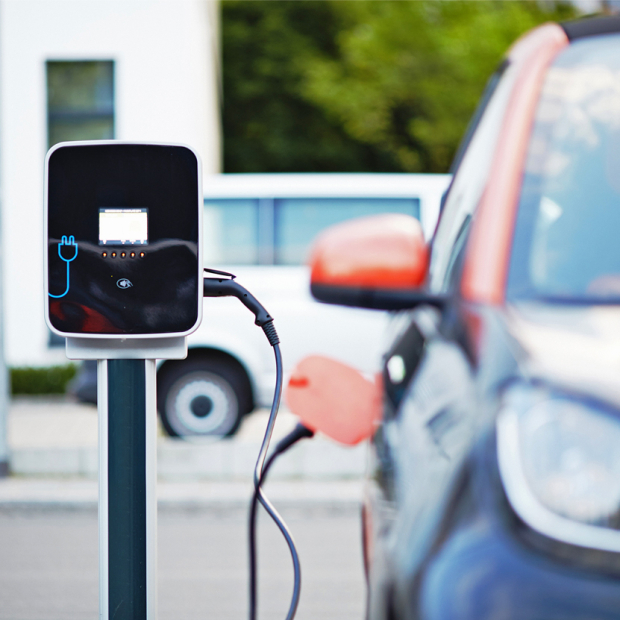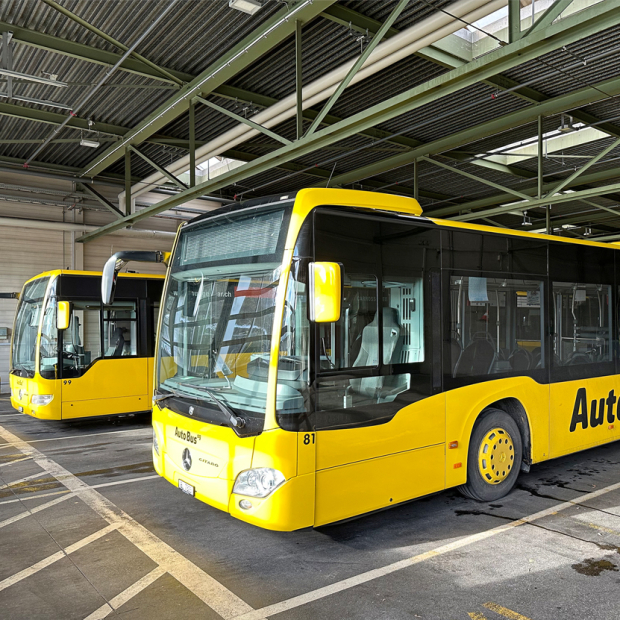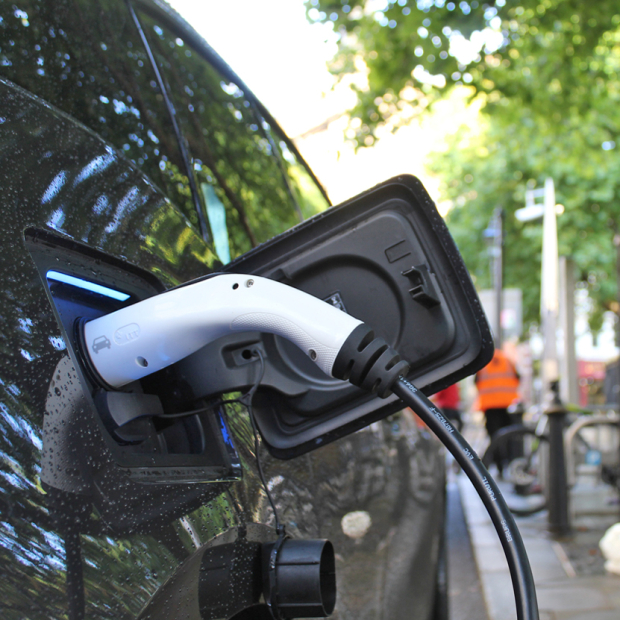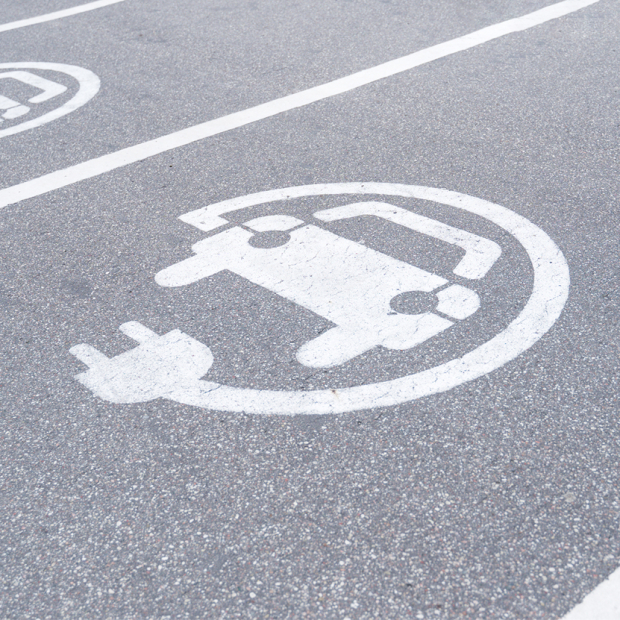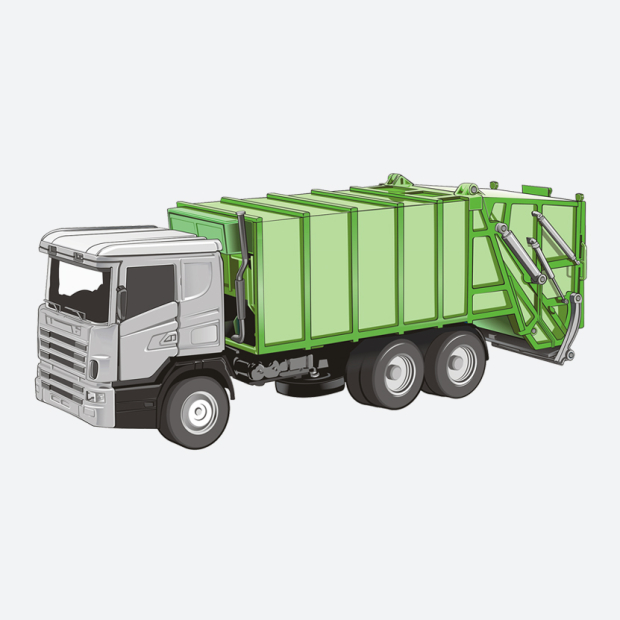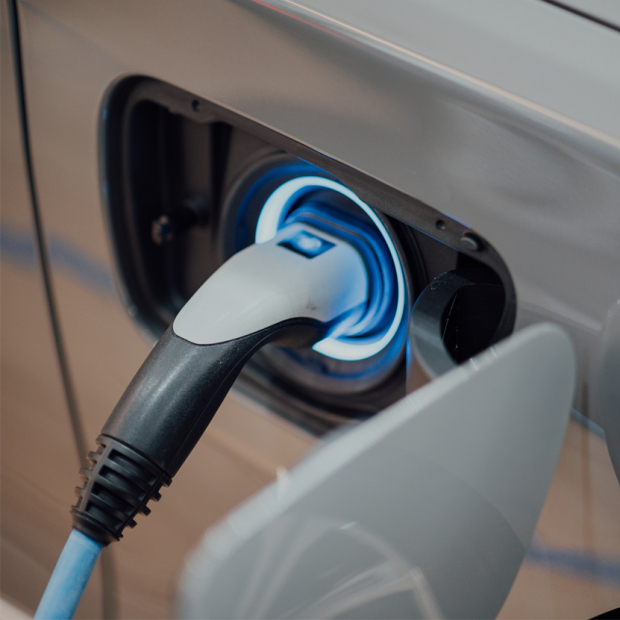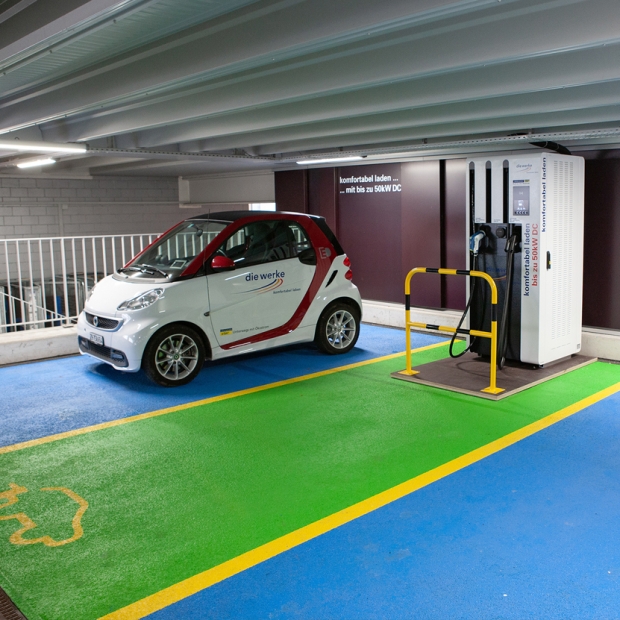
Car-related developments in Switzerland
New, stricter regulations for the fuel consumption of new cars will lead to a substantial change in the energy efficiency of newly-registered cars in the coming years. What effect will this have on the key technical data (engine capacity, weight, performance, CO2 emissions), which also form the basis for the cantonal vehicle taxes?
One aim of the EU and Swiss energy policies is to substantially increase the energy efficiency of newly-registered cars. What progress is possible per annum? To this end, the study will develop three possible scenarios, based on an estimate of the Autonomous Technical Potential (ATP). The ATP indicates the annual percentage by which the fuel consumption could be reduced on the basis of technical advances and innovation – provided that car sizes and engine capacities do not increase. In the past, only a third of the ATP was actually used to reduce fuel consumption, while the remaining potential did not have an effect because of bigger cars with more performance reserves.
Lower fuel consumption usually requires a reduction in the engine capacity and the kerb weight of the car. Physical laws and correlation coefficients are used to determine the effects of increased energy efficiency on the kerb weight, performance and engine capacity.
The various foreseeable and possible political and technical developments in cars for fuel consumption and CO2 emissions are specified in annual increments to 2030 (using our sim.offer model). A simulation is then undertaken to replicate the new cars that will be bought my car buyers (using the sim.offer model). A fleet model is then used to determine how the fleet of all cars in Switzerland will develop each calendar year (sim.fleet model).
The most significant results of the study are summarised in a general-interest brochure:
A brief description of the simulation and forecast models sim.offer, sim.car, and sim.fleet:
The most significant results of the study are summarised in a general-interest brochure
A brief description of the simulation and forecast models sim.offer, sim.car, and sim.fleet

